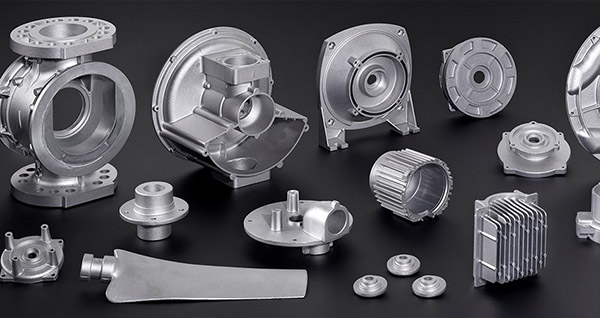The Intricacies and Importance of Diecasting in Trendy Manufacturing
The Intricacies and Importance of Diecasting in Trendy Manufacturing
Blog Article
Diecasting is a sophisticated manufacturing process that plays a essential role in making complicated metal components that have high precision and repeatability. The process involves introducing molten metal into a mold cavity under high pressure, which allows for the production of complex shapes and elaborate designs that would be challenging to create using other techniques. Diecasting is widely utilized in many industries including electronics, aerospace, automotive and even consumer products because of its high efficiency and capacity to manufacture excellent quality components. This article examines how diecasting works, detailing its process, benefits of the process, as well as its potential applications.
Diecasting starts with the creation of a mold, also known as a"die," that is usually made of toughened steel. The die is made to stand up to the temperatures and pressures involved when diecasting. When the mold is finished for use, the metal that is molten, typically made up of aluminum, magnesium, zinc, or copper, is heated to an liquid state, and in the mold cavity at high pressure. The pressure will remain constant until the metal is solidified insuring that the solidified metal completely fills the mold, including intricate design and thin walls. Once the metal is cool and formed, the mold is open, and the final part is ejected. This process allows for superior efficiency and accuracy when making metal parts.
One of the main benefits that diecasting has is its capability to create parts that have high resolution and precise finishes. Diecasting with high pressure ensures the metal that is molten conforms to the mold, resulting with parts that need only minimal in terms of machining or finish. This kind of precision is ideal in the production of complex geometries as well as thin-walled segments that are hard or impossible to make using other methods of manufacturing. Additionally, diecasting can produce pieces with tight tolerances as well as great repeatability. It is perfect for large-scale production. Its effectiveness can also result in cost savings, as the high production rates reduce labor costs and material waste.
The wide range of applications for diecasting is apparent in its extensive application across a variety of industries. In the auto industry For instance, diecast parts are fundamental in manufacturing engine components, transmission housings, and various other parts of structural design. The components are benefited by the strength and durability provided by diecasting, as for the capacity to manufacture lightweight parts that improve the fuel efficiency. in the aerospace field there is a need for strong parts that are lightweight is crucial, and diecasting provides the accuracy and properties of the material that are required in these types of demanding projects. Consumer electronics also rely heavily on diecasting to create sturdy and exact housings and internal components that ensure durability and reliability of the devices. Telecommunications, medical, as well as power tools industry show the vast application and importance of diecasting in contemporary manufacturing. To find more information please look at this site
The selection of the materials used in diecasting has a significant impact on the characteristics and efficiency of the final product. Aluminum is a popular choice due to its high strength-to weight ratio, corrosion resistance, and thermal and electrical conductivity. These properties make aluminum ideal for aerospace and automotive applications that require weight reduction. Zinc alloys have high strength and ductility, making them ideal for components that require fine details and durability. Magnesium alloys are the lightest structural metals and offer an advantage in applications where weight reductions are essential. Copper alloys, while typically used in less applications, are valued for their excellent electrical conductivity as well as their resistance to corrosion. Each one of them has its own advantages making it possible for manufacturers to pick the right one for the application they are looking for.
Diecasting is an essential manufacturing process that enables the creation of precision, high-quality metal parts across an array of different industries. Its capacity to design intricate designs with high-quality tolerances and flawless finishes can be used in applications with intricate specifications and consistent high-quality. Cost-efficiency and efficiency of diecasting add to its value as it supports mass production while maintaining high standards. Technology advances, and the need for reliable, lightweight, and durable components grows, diecasting will remain the foundation of modern manufacturing, driving the development of new technologies and a higher level of production.